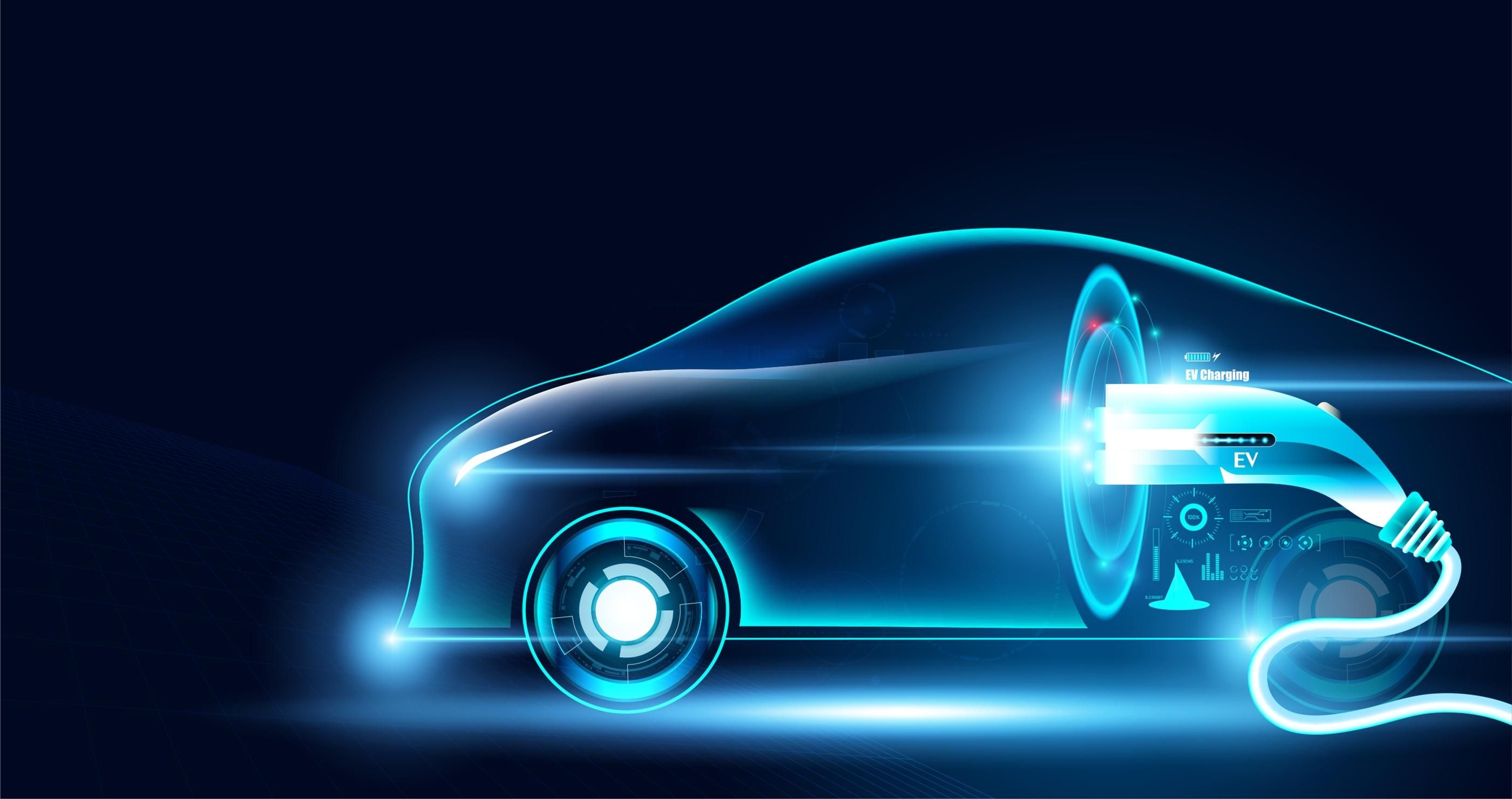Electrical Engineering Services
Electrical Engineering Services: Summary and Implication of Electrical Engineering in Australia

Overview of Electrical Engineering Services in Australia
Australia offers a wide range of electrical services from electrical design and installation to maintenance and repair. EE services cover many fields and are used as a source of electrical energy in many things from commercial establishments to homes. Electrical engineers in Australia are required to be qualified and licensed to work in the industry and have a strong knowledge of electrical safety regulations and practices. Engineering services typically include designing and installing new electrical systems, upgrading and repairing existing systems, and maintenance services. Electrical engineers in Australia must also be up to date with the latest electrical technology and know-how to troubleshoot electrical problems. Electrical engineers in Australia must also be familiar with local electrical and safety regulations and laws. Electrical engineering in Australia also includes installing and maintaining a wide range of electrical equipment such as generators, switchboards, high-voltage power lines, and switches. Electrical engineers are also responsible for the safety of electrical systems and the people who meet them.

Scope of Electrical Engineering in Australia
Electrical engineering is the most important field of engineering in Australia. Electrical engineering covers many fields from consumer electronics to power generation, transmission, and distribution. This includes the design, development, testing, and maintenance of electrical systems and components. Electrical engineers are in high demand in Australia. They play an important role in the development of new technologies such as renewable energy, smart grids, and automation systems that are important to the future of Australia's economy. Electrical engineers can work in a variety of fields, from manufacturing to telecommunications and construction. They can also specialize in certain areas such as energy engineering, robotics, and digital signal processing. Electrical engineers can also engage in research in areas such as artificial intelligence, quantum computing, and nanotechnology. As electricity demand continues to grow in Australia, electrical engineers continue to be in high demand. Electrical engineers can find work in a variety of fields across the country, from government agencies and research laboratories to private companies and universities. They can also find work in many foreign countries, which can provide a great opportunity to experience different cultures and gain international experience. With Australia's economic growth, there are huge opportunities for electrical engineers in the country. Electrical engineers can help power Australia's industry, keep its infrastructure running and develop new technologies that can benefit the nation and its people.

Challenges and Opportunities in Australian Electrical Engineering
Electrical engineering in Australia offers both challenges and opportunities to industry professionals. Here are some important points to consider:
Challenges:
Rapid technological development: The field of electrical engineering is constantly evolving with new technologies and innovations. Staying current and updated with relevant skills can be a challenge.
Compliance: Electrical engineers must adhere to strict safety standards and regulations. Ensuring compliance with these standards can be difficult and time-consuming.
Transition to renewable energy: Australia is making a significant shift to renewable energy sources. Electrical engineers play a key role in planning and implementing sustainable energy systems. However, this transition brings challenges such as integrating intermittent energy sources into the power grid and maintaining grid stability.
Aging infrastructure: Australia's electricity infrastructure requires regular maintenance and upgrades. The challenge for electrical engineers is to modernize and improve existing infrastructure and minimize disruptions and costs.
Opportunities:
Renewable energy: The transition to renewable energy sources opens opportunities for electrical engineers to work on projects related to solar energy systems, wind turbines, and energy storage solutions.
Smart Grid Technologies: The development of smart grids that enable more efficient electricity transmission and distribution offers opportunities for electrical engineers to contribute to the optimization of energy supply systems. Infrastructure of electric vehicles. As electric vehicles become more common, there is a growing demand for engineers involved in the design and implementation of electric vehicle charging infrastructure.
Automation and Control Systems: Industries such as manufacturing and mining depend on automation and control systems. Electrical engineers find ways to improve efficiency and productivity in the design and implementation of these systems.

Overall, while electrical engineering in Australia can present some challenges, it also offers many opportunities for professionals to contribute to the development of sustainable energy solutions and technological infrastructure.
Innovations in Electrical Engineering Services in Australia
Electrical engineering services in Australia have seen significant innovation in recent years. Here are some notable advances:
- Smart grid technologies: Smart grid technologies have changed the way electricity is produced, distributed, and consumed. Advanced measurement infrastructure, real-time monitoring, and automated control systems improve the efficiency, reliability, and sustainability of power grids.
- Integration of renewable energy sources: The increasing adoption of renewable energy sources such as solar and wind power has created an opportunity for electrical engineers to develop innovative systems to integrate these intermittent energy sources into the grid. This includes the development of energy storage solutions, the design of power electronic converters and the optimization of network management strategies.
- Electric vehicle charging infrastructure: As electric vehicles become more common, there has been a demand for innovative solutions for electric vehicle charging infrastructure. Electrical engineers design fast charging networks, integrate vehicles into the network and develop smart charging systems.

- Energy Efficiency Solutions: Electrical engineers are involved in the development of energy efficient lighting systems, HVAC controls, and building automation systems. By combining energy-efficient technologies and optimizing energy use, these solutions help reduce energy consumption and environmental impact.
- Grid resiliency and cyber security: As power grids become more complex and interconnected, increasing attention is paid to ensuring grid resiliency and cyber security. Electrical engineers develop secure communication protocols, advanced network monitoring systems and disaster recovery solutions.
- Advanced Control Systems: Electrical engineers are involved in the design and implementation of advanced control systems for industrial processes, robotics and autonomous systems. These systems increase efficiency, productivity and safety in a variety of industries, including manufacturing, mining and transportation.
These innovations not only improved the efficiency and reliability of electricity services, but also contributed to a more sustainable and sustainable energy future in Australia.

Impact of Technology on Electrical Engineering Services
Technology has had a significant impact on engineering electrical services in Australia, transforming the way electrical systems are designed, installed, maintained, and operated. Here are some keyways in which technology has impacted the field:
- Improved Efficiency and Productivity: Technology has enabled the use of advanced software tools for designing and analyzing electrical systems. This has improved the efficiency and productivity of engineers, allowing them to complete projects more quickly and accurately.
- Advanced Monitoring and Control Systems: Technology has enabled the development of advanced monitoring and control systems for electrical grids, power systems, and industrial automation. These systems use sensors, data analytics, and machine learning algorithms to optimize performance, detect faults, and improve safety.
- Greater Automation and Robotics: Automation and robotics have become increasingly prevalent in electrical engineering services, allowing for greater efficiency, faster installation times, and improved safety. For instance, robots can be used to install cables in challenging environments, reducing the need for manual labor.

- Energy Storage and Renewable Energy Integration: Technology has driven the development of energy storage systems, such as batteries and pumped hydro storage, which enable the integration of intermittent renewable energy sources into the grid. Advanced power electronics technologies, such as inverters, have also significantly improved the efficiency of renewable energy systems.
- Enhanced Safety and Reliability: Technology has enabled the development of advanced safety systems for electrical equipment and installations. For instance, sensors can be used to detect unsafe conditions such as overheating or incorrect voltage levels. This has significantly improved the safety and reliability of electrical systems.
- Improved Communication and Collaboration: Technology has enabled engineers to communicate and collaborate more effectively, even across long distances. Cloud-based tools, video conferencing, and project management software have made it easier for teams to work together, improving project outcomes.
Overall, technology has transformed nearly every aspect of electrical engineering services, creating new opportunities for innovation and driving significant improvements in safety, efficiency, and sustainability.

The Future of Electrical Engineering in Australia
The future of electrical engineering in Australia looks promising, with significant advancements expected in the field. Here are some areas where the industry is expected to grow:
- Renewable Energy: With the Australian government setting ambitious targets for renewable energy, electrical engineers will play a critical role in designing and implementing renewable energy systems. This includes solar photovoltaic (PV) systems, wind turbines, energy storage solutions, and integrating these systems into the grid.
- Smart Grid Technologies: The development of smart grids continues to be a focus area for electrical engineers. With advanced metering, distribution automation, and energy management systems, smart grids will enable the efficient and sustainable delivery of electricity.
- Electric Vehicles: The growth of electric vehicles (EVs) offers new opportunities for electrical engineers to develop EV charging infrastructure, vehicle-to-grid integration, and smart charging systems.

- IoT and Industrial Automation: Internet of Things (IoT) and industrial automation will play an increasingly important role in the electrical engineering industry, with smart buildings, intelligent infrastructure, and predictive maintenance driving growth.
- AI and Machine Learning: Electrical engineers will increasingly leverage AI and machine learning to optimize energy usage, improve grid stability, reduce maintenance costs, and enhance safety.
- Cybersecurity: With the growing threat of cyber-attacks on energy infrastructure, electrical engineers will focus on developing secure communication protocols, disaster recovery plans, and advanced monitoring and control systems.
Overall, the electrical engineering industry in Australia is poised for significant growth, with exciting opportunities for professionals to contribute to sustainable and innovative solutions in the energy sector.

Comments
Post a Comment